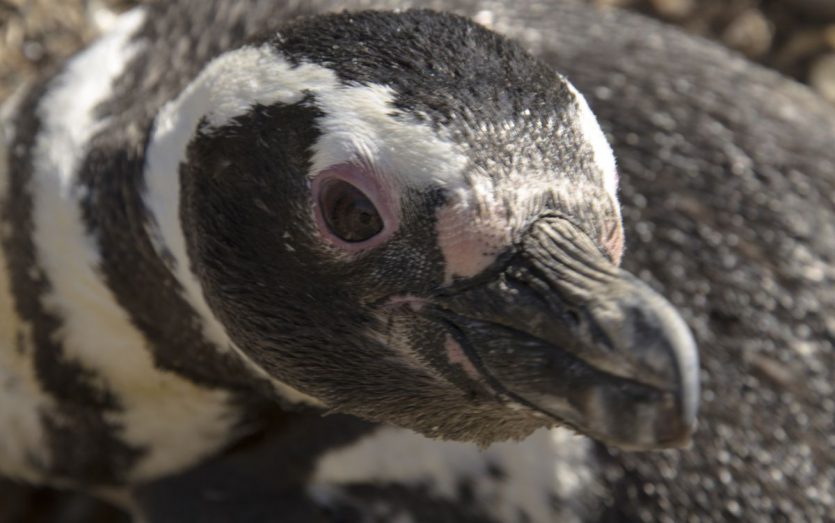There are a lot of reasons to visit Patagonia, and wildlife is right up there at the top. Of the many distinctive creatures that draw visitors to the region, Patagonian penguins are probably our favourites. In case you needed any convincing when it comes to visiting Patagonia, we’ve put together everything you need to know about these unique creatures.
8 Fast Facts About Patagonian Penguins

1. There are many species of Patagonian penguins
Depending on the season, Patagonia is home to a number of different species of penguin. The Magellanic penguin is the most closely associated with the region, though you will also find other species of Patagonian penguins, such as the King penguin, the Humboldt penguin, the Gentoo penguin and the Southern Rockhopper penguin.
2. There are more penguins than people in Patagonia
There are about 1.7 million pairs of Magellanic penguins that call Patagonia home for part of the year. That’s a lot by any measure, but especially when you consider that the entire Patagonia region is home to only around 2 million people.
3. Patagonian penguins are faithful to one another
Each Spring, Magellanic penguins migrate from the Brazilian coast to Patagonia. They spend the winter in warmer climes, and then they come back to Patagonia to nest. Every year, they return to the same nest, which the male burrows. The female will then find the male by his distinctive call. Patagonian penguins remain faithful to their mates!
4. The Magellanic penguin’s name is historic
These penguins are named after the famed Portuguese explorer Ferdinard Magellan, organiser of the first expedition to circumnavigate the globe. In 1519, he was the first European to spot the species and so the name Magellanic penguin was born.
5. Patagonian penguins are Pescetarians
When it comes to eating, and feeding their families, Magellanic penguins follow the Pescetarian diet. These Patagonian penguins head to the water to score food, and their diet includes sardines, squid and small crustaceans.
6. Baby penguins are born in November
The Magellanic penguins of Patagonia give birth each year in November. If baby penguins are your thing, you’re going to want to visit the region around this time. The chicks are born covered in smooth, grey feathers, which later give way to their distinctive black and white markings.
7. Patagonian penguins are very social
As Patagonia is such a dream destination for nature lovers, it’s no surprise that its animals come into contact with humans. Colonies of Patagonian penguins are accustomed to the sight of humans. Once you keep a safe and respectful distance (usually a couple of feet away behind a small fence), you’ll find yourself quite welcome indeed.
8. Patagonian penguins are classified as “Near Threatened” on the IUCN Red List
These penguins don’t exactly have it easy: They have many natural predators, including orcas and giant kestrels. Displaced fish populations and overfishing mean that they must travel further for food. When they do this, they risk their own lives as well as those of their families, starving on land.
Issues associated with climate change, such as more frequent extreme weather events, also pose a problem.
No comments yet
There are no comments on this post yet.






Leave a comment